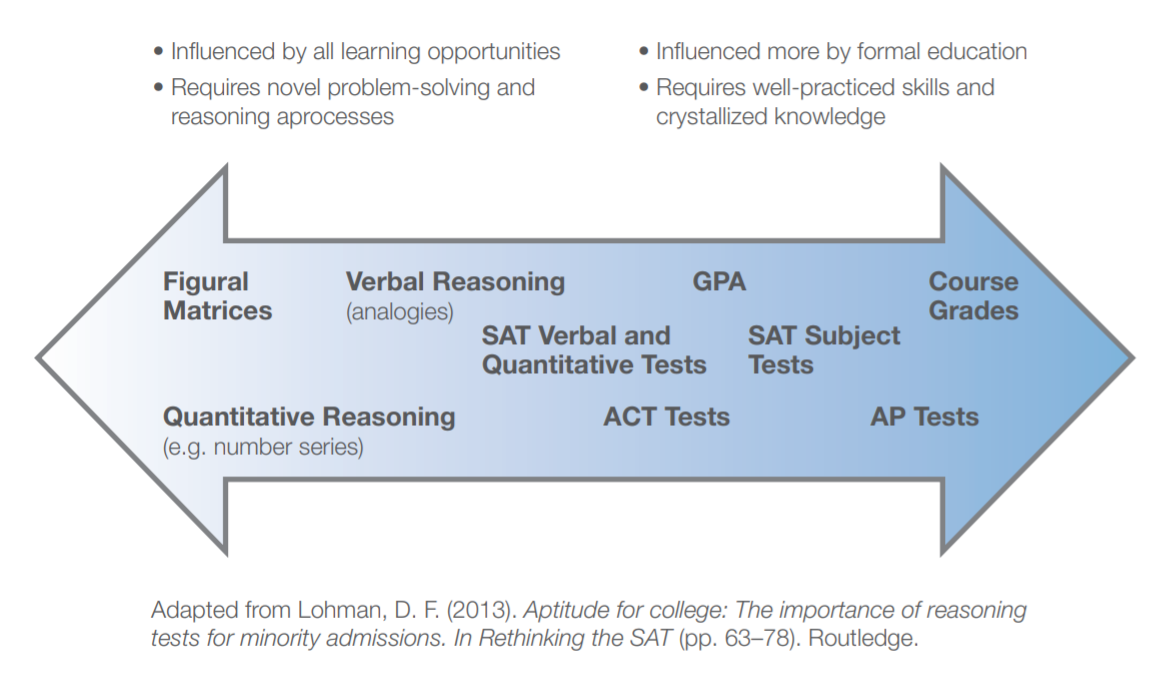
Differentiating instruction has been a topic of conversation among educational researchers and educators alike in recent years. But what is true differentiated instruction, and how can teachers and administrators go about it in the best way?
Here are answers to some key questions about the topic.
1. Is differentiation the latest educational fad?
Differentiation has always been part of U.S. public education, going back to the one-room schoolhouse. But now it is receiving renewed attention that threatens to overwhelm teachers with untenable demands to tailor each lesson to each student. Effective differentiation of curriculum is an art of finding a balance between what works for most students and creating more than one entry point or path for student learning.
The current “fad” aspect of differentiation in the classroom is when we focus too narrowly on the uniqueness of each student, overlooking how groups of students in the classroom can benefit from similar modifications to the curriculum. Educators’ schedules are more than full with the planning required for their teaching assignments. To ask them to tailor all classes to each student would be impossible. Yes, every student is unique, but we can keep the task manageable by identifying useful clusters of student needs and classifying the most beneficial ways to differentiate instruction.
2. How do you make differentiation manageable?
One approach for differentiation that should be even more popular than it is would be Total School Cluster Grouping, a method developed by Marcia Gentry and her colleagues. A single age-based classroom can have students who vary by up to four grade levels of performance! TSCG seeks to limit the variability within classrooms, not simply by creating homogenous classrooms, because all students benefit from learning with students just above or below their performance level. Instead, this method narrows the variability within classrooms so that individual teachers only need to differentiate for two to three broad levels of academic
performance rather than the four to five levels that may be present across all classrooms in a school population.
Another useful way to simplify differentiation in the classroom is to cluster students by the types of needs they may have. We can endlessly zoom in on the particular needs of students, but teachers may effectively differentiate by thinking of students’ readiness to learn in the following areas:
• Current academic performance in the content domain.
• Potential for academic performance in the domain, considering their opportunity to learn and possible obstacles.
• Affect related to school, including anxiety.
• Academic interests or what intrinsically excites the student.
• Motivation, including concepts such as grit, growth mindset, and resilience.
A teacher can make many differentiation choices based on this information. Pacing and amount of practice may rely on the first three, while student product choices or extension activities may depend on the latter two. As for useful approaches to differentiating content, Carol Ann Tomlinson, a leading expert on the topic, suggests that differentiation can occur along many continuums including pace, depth of content, level of structure, and complexity. Students’ current and potential academic achievement as well as their affect, interests, and motivation can influence these choices. I recommend resources like hers to identify the most effective and efficient paths for differentiation. Keep in mind that beyond the content, differentiation can also
occur for students’ interests and social-emotional needs.
3. How do we assess students’ current academic performance separately from their potential for academic performance?
It’s impossible to directly measure a student’s potential for learning in a way that is completely independent of the opportunities she has had and the quality of her past education. However, ability tests can give us greater insight into a student’s academic potential than an achievement test alone.
Ability tests do not measure innate capacity but seek to engage students in reasoning about relatively novel problems and demonstrate thinking skills they have learned from everyday life beyond the formal classroom. A student’s achievement performance reflects, to a large degree, the quality of the instruction received because it measures the learning that has already occurred. In contrast, a student’s ability performance reflects more on his readiness to learn new content because it measures learning and problem solving that occurs mostly during the test.
This readiness to learn is informed somewhat by biology but also by past learning experiences and the environment in which they are developing (for example, how much language they’re exposed to, or how often they are asked to think with numbers). The figure provided shows a continuum of the extent to which tests reflect the influence of novel problem-solving and everyday experiences versus the influence of formal instruction and past learning.

Assessing a student’s current performance on an achievement test is necessary for a teacher to decide what content a student needs next. However, having the student’s ability test scores can provide additional information about the pace of instruction, complexity, and degree of structure that will be most effective for the student. When ability scores are weaker in a particular area, that student will likely require more structured practice and a slower pace of instruction. When ability scores are stronger in an area, that student will likely be able to learn content in that area more quickly and independently.
When considering the needs of students and their performance on ability tests, be sure to consider the degree of Opportunity to Learn (OTL) they may have. Teachers shouldn’t base this on stereotyping or overgeneralization, but it is important to recognize that parental influence and access to educational resources play a large role in students’ performance on ability tests, especially when they are younger. This is the same influence that more directly and powerfully affects achievement test performance. Flexible grouping and retesting is essential for students to demonstrate remarkable growth in both achievement and ability scores when they receive more effective instruction or enrichment opportunities.
4. What further reading do you recommend on the topic of differentiated instruction?
I’d recommend two books to further explore these recommendations: Tomlinson’s How to Differentiate Instruction in Mixed-Ability Classrooms, and Gentry’s Total School Cluster Grouping and Differentiation: A Comprehensive, Research-Based Plan for Raising Student Achievement and Improving Teacher Practice.






